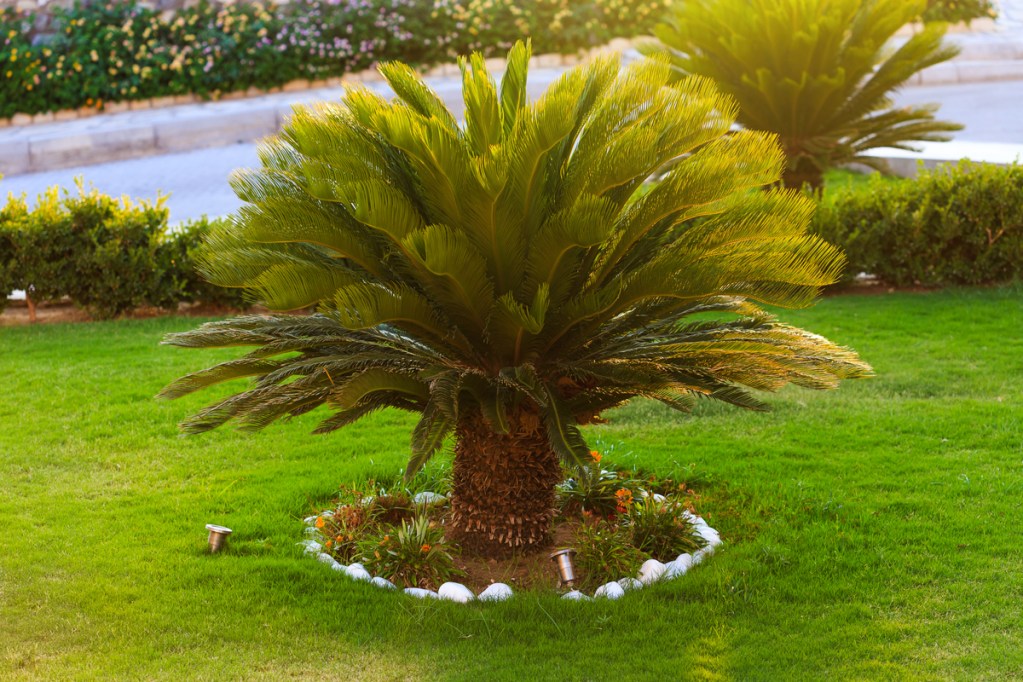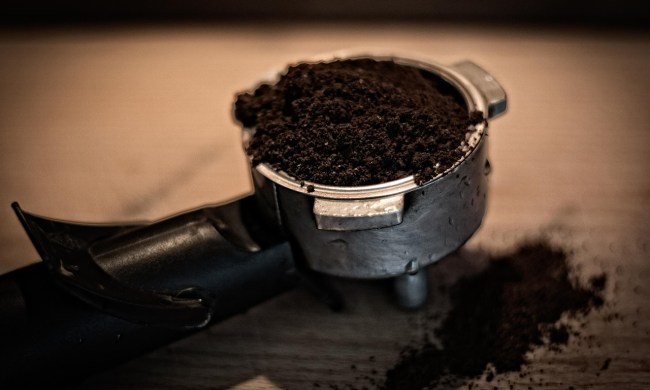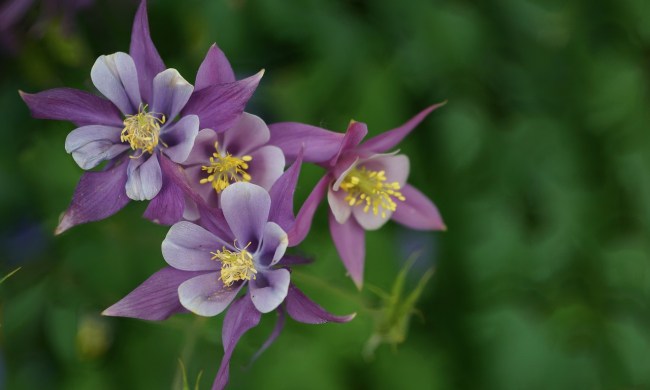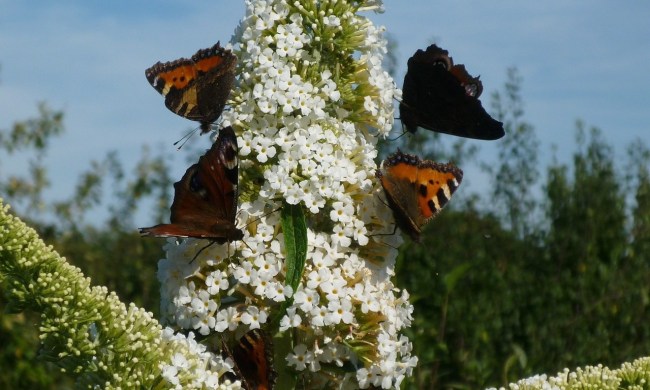Sago palms may not be true palms, but they are just as gorgeous. However, with these subtropical houseplants, you won’t have the same kind of look offered by those tall trees. Instead, the green fronds grow directly from the trunk without branching out. Sago palm maintenance is fairly simple, relying mostly on proper growing conditions. Adding this lovely houseplant to your collection is an excellent way to bring the tropics to your home. If you want to grow your own today, this guide will explain everything you need to know to help it thrive!
Care requirements for your sago palm

Because they’re native to tropical regions, sago palms prefer to be in warm, humid environments. This is why, for the most part, they’re grown as houseplants outside of these areas. Sago palms grown indoors should be protected from any drafts or air flowing from heating and AC units as the extreme shift in temperature can cause damage.
Light
Sago palms prefer bright, indirect lighting and shouldn’t be placed in direct sunlight. Direct lighting, especially on hot summer days, can cause sunburn damage and result in wilting leaves. As a houseplant, sago palms will favor east-, west-, and south-facing windows so long as they receive a lot of lighting throughout the day. Keep in mind that too much shade will also cause adverse effects, most noticeably spare foliage.
Soil
Like most houseplants, sago palms need only well-draining soil (and of course, a pot with a drainage hole for excess water to escape through)! There are potting mixes made specifically for palms grown in containers, and although the sago palm isn’t a true palm, this should do the trick.
Water
As a tropical plant, sago palms prefer moderately moist soils. They can tolerate some drought, but not very well. Proper sago palm maintenance requires watering the plant whenever the soil is dry to touch; however, be mindful of how much you’re watering to avoid soggy soil and leaving your plant susceptible to root rot.
Diseases and pests to be aware of

Luckily for indoor gardeners, sago palms don’t have any specific issues with pests or diseases. Scale and spider mites are always a concern (as they are with most houseplants) and can be taken care of with a natural insecticidal soap that’s safe to use on houseplants. Natural insecticides should always be used first before resorting to harsher chemicals that could have other adverse effects.
If your sago palm is infected with scale or spider mites, you can identify them due to discoloration and damage to the foliage, as well as tiny bugs on the fronds. To help prevent future infestations, ensure your sago palm has enough humidity and airflow in its environment.
Common discoloration

The ease of sago palm maintenance means that when there is a problem or something unsatisfying about the environment, you’ll know. As the plant grows, the older leaves will start to yellow and brown in order to put energy toward new growth. This is perfectly normal and happens with a lot of plants. To help keep your sago palm healthy, simply prune off the dying foliage!
There is some discoloration; however, that isn’t normal. When the yellowing happens on newer growth, there may be a nutrient deficiency. Nutrient deficiencies happen a lot in houseplants since their soil is contained, so regularly fertilizing it (roughly once a month) can help combat nutrient issues. On the other hand, if you just potted your sago palm and the soil hasn’t had time to be drained of the nutrients, you may be overwatering your palm. Make sure you pot your plant in a container with good drainage and with soil that drains easily. When overwatering is the culprit, simply repot your sago palm in new soil and in a pot with a drainage hole and tray.
Be aware: This plant is quite toxic

Perhaps the most important part of sago palm maintenance and care is making sure you keep it out of reach of any curious kids or pets. All parts of the plant are toxic (especially the seed). The toxin found in sago palms, cycasin, starts by attacking the liver and causing a variety of symptoms, including vomiting, lethargy, drooling, and seizures. If any part of the sago palm is ingested, you should seek medical attention immediately. The toxins can be absorbed through touch as well, so be sure to wear gloves when handling it.
How tall do sago palms grow?

Outdoors, sago palm trees can grow to around 10 feet, but indoor sago palms stay smaller. They can grow up to 8 feet tall indoors if they are given the space and resources to grow that tall. However, sago palms grow incredibly slowly, and it can take decades to reach their full height. This means that sago palms can be kept successfully as houseplants for many years without fear of running out of space.
Unless you plan on keeping your sago palm for the next couple decades, your sago palm shouldn’t get more than 3 or 4 feet tall. This slow growth rate also means they don’t need to be repotted as often as some plants. Once every few years is enough to keep these slow-growing plants happy.
Sago palms are beautiful but dangerous. This doesn’t mean, though, that you can’t have a sago palm as a houseplant! Just be sure it’s out of reach of anyone who would be tempted to eat it. A sago palm simply existing in a sunny location makes for a beautiful accent and as long as proper growing conditions are met, you should have minimal trouble as it grows.



